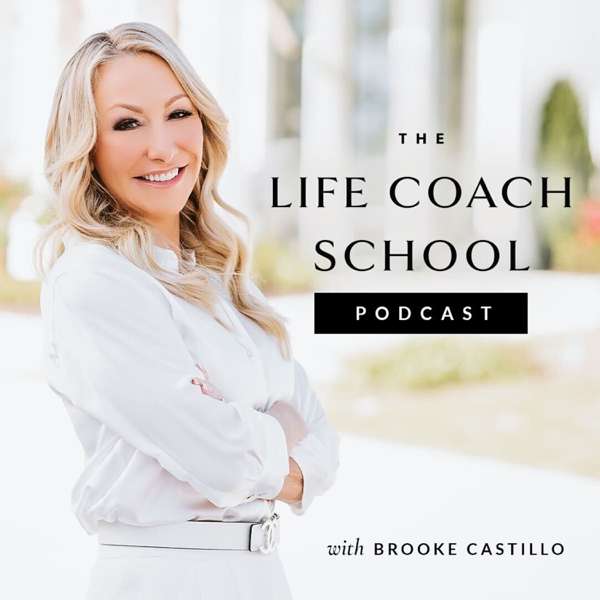
Despite bumper crops Australian orange growers are tightening their belts. They can’t sell all their juicing oranges this year and wonder why when banned pesticide residue is being found in Brazilian juice imports.
The road to NSW’s Riverina citrus district is long and straight for a Sydneysider heading west on highway 94. Countryside once starved by drought to a worn saddle brown, now swells with moisture – nourished and plump.
40 kilometres from the Brobenah Hall turn-off, next to an orange orchard on the outskirts of Leeton, is a corrugated iron building that is packing house, Pacific Fresh. Avoiding piercing heat, citrus boss, Frank Mecuri, stands in the shade of the factory – short, stocky and neat, with a faded company cap he rarely removes. There is little or no opportunity for growers he says, “they are price takers not price makers”.

Frank Mecuri smokes and talks to fellow grower and Pacific Fresh shareholder Frank Nadi
The irrigation-dependent soil of the Riverina accounts for 30% of national citrus production and is Australia’s largest citrus growing region with more than 3 million trees.
The Murrumbidgee Irrigation Area (MIA), located inside the Riverina, began at the end of the 19th century as an idea to harness diverse food production opportunities offered by the Riverina flood plains and surrounding river systems. By 1913 it was a complex scheme involving water management, infrastructure, and the promise of prosperity.
But the reality today might not be as princely as the then-planner, Walter Burely Griffin, had envisaged: growers competing globally, absorbing world leading production costs, and regulators protecting imports by imposing double standards around use of dangerous pesticides.
Second-generation fruit farmer, Frank Mecuri, was 2 years old when parents, Vince and Connie, migrated from Italy in 1962. Six years on, they bought a 50-acre farm in Leeton that Frank and his brother Dom – who now own 300 acres between them – still farm today.
The farm Frank grew up on had “apples, pears, apricots and plums. It had everything on 50 acres” he says, remembering a time of plenty when survival was not bound to producing commercial quantities of a single fruit. Back then they did have a lot of peaches but in 1992 the “local cannery shut down and everything went haywire, everyone had to pull out all their stone fruits.” Now it is mainly citrus and wine grapes, he says.
Between harvest, the Pacific Fresh packing house is dark and still – a handful of workers keep up maintenance, replacing an industrial size ceiling lamp with a cherry-picker. Across the growing and packing operations electricity is forensically monitored and used mostly during off-peak periods. Examination of Mr Mecuri’s Origin Energy invoice shows the cost of powering irrigation pumps for a 50-acre citrus farm has risen by 69% since 2009 and another price hike of 16% will take effect on July 1.
NSW Energy Minister, Chris Hartcher, attributes soaring power bills approved by the Independent Pricing and Regulatory Tribunal (IPART) to network development costs and Federal Labor’s “carbon tax”. IPART’s own report attributes 9% of the latest rises to a price on carbon and another 8% to “poles and wires”. Mr Hartcher slammed Shadow Minister, Luke Foley, for network charges resulting from “overspending approved by his own Government” and says the O’Farrell Government has stopped “network overspending” but current price arrangements are “valid until 2014.”

Cost analysis from KPMG report, Competitive Alternatives: http://www.competitivealternatives.com/
Across the meeting/lunch table in Frank Mecuri’s shared office – contained in the packing warehouse –, he explains that competing with cheap juice concentrate (crush) from Brazil means most surplus juicing oranges – such as “this year’s 100 thousand tons” – will go to waste, “we just cannot compete with Brazil, and prices offered for “out-of-contract oranges barely covers the cost of picking”.
Geoff Parker, CEO of Fruit Juice Australia – a division of the Australian Beverage Council representing large processors like Lion’s, Berry – says, “processors want to use local produce but when demand amounts to more than half a million tonnes annually, and local farmers can only produce around half that, the domestic juice industry relies on imported product.”
This commercial solution is a problem for growers. Any opportunity to significantly increase sales for concentrate – regardless of the quality of their fruit – is quashed by frozen sludge imported at a fraction of the cost and labelled Australian-made after factories pour water into it.
Adding to the conundrum is carbendazim, a disease-controlling fungicide known to cause testicle deformity and infertility in laboratory animals. Oranges are left hanging across Australia at a time when juice concentrate, primarily from Brazil, is being destroyed in the US – but allowed into Australia – after traces of carbendazim were discovered.
Alarming people is not in Frank Mecuri’s interest, he is concerned that when people “hear about chemicals in juice they stop drinking it.” “But”, he says, “do you really want to take the risk when you hear all that.”

Frank Mecuri surveys orange trees on his plantation
The Australian Food Standards Code specifies an maximum residue limit (MRL) for carbendazim of 10 milligrams for each kilogram of citrus fruit product. The Australian Total Diet Study states “at the levels of carbendazim found a 70 kg adult would have to drink around 150 litres of orange juice in a day before going over the safe level.”
CEO of Food Standards Australia and New Zealand (FSANZ), Steve McCutcheon, says “there is an MRL for carbendazim…imports can come into this country providing they meet that level”. But he also admits that a decision by the the Australian Pesticides and Veterinary Medicines Authority (APVMA) to reduce the carbendazim MRL to zero was reversed because, “our response – driven by representations from the juice industry” – cited “potentially serious impediments” to the juice concentrate trade.
The APVMA banned the use of carbendazim on Australian citrus crops in 2010. Citrus crops in Australia are among the “cleanest and greenest” in the world according to to Mr Mecuri because the mostly dry conditions keep mould and disease at bay. Carbendazim is, however, particularly effective in tropical climates and Presidente of Associtrus, a Brazilian citrus growing association representing around 1300 growers, Flavio Viegas, says carbendazim is “a very effective fungicide costing a third of similar products.” He also says the “USA use carbendazim extensively in paints and other products so the cumulative exposure to the product is dangerous.”
Under significant commercial pressure from the United States Mr Viegas concedes, “Brazilian growers are replacing carbendazim with other products. In a year the OJ from Brazil will be free from the product [carbendazim].”

Staunch Frank says the past year was the “worst he can remember” for citrus farmers. He says there are two main reasons for that; one being the competition with Brazil (made even more frustrating by a “bumper crop”); and two, the rapidly rising cost of production in Australia. With concern and frankness, he says, “We are probably one of the most costly places in the world to produce things and everyone is putting their costs up. But the grower; who can he pass those increases on to?” There is not going to be anything left…a lot of growers at the moment are on the brink of collapse.”
Mr Mecuri has a point. We know that producers and manufacturers generally ‘do it tough’ in Australia but just how tough in recent times may not be as clear. A 2012 cost-of-doing-business report from global accounting network, KPMG, puts Australia second behind Japan with a “cost structure 4% higher than the United States”. Brazil, on the other hand is the fifth most competitive place in the world to do business behind Russia and Mexico. Notably Australia has undergone a radical “cost change” of +6% since 2010 with most other developed economies recording changes of around plus or minus 2%. According to data presented by the KPMG study, Australia has the highest retail energy prices in the world.

Cost analysis from KPMG report, Competitive Alternatives: http://www.competitivealternatives.com/
The driving factor has been the appreciating currency and Frank Mecuri says the rising “dollar has hit us hard.” Pacific Fresh normally sends around 70 thousand boxes of oranges to America but last year they sent only 40 thousand.
We have “contempt for famers in this country”, says South Australian Senator, Nick Xenophon, and we are known as the “free trade Taliban” because of our politicians’ puritanical approach to free trade. Senator Xenophon, who answers to citrus growers from South Australia’s Riverland, says FSANZ has “backflipped” on a decision to get rid of carbendazim in orange juice and the move is “another example of the big end of town putting the squeeze on small producers.”

 Our TOPPODCAST Picks
Our TOPPODCAST Picks  Stay Connected
Stay Connected



















 The Media Entertainment and Arts Alliance has described the Finkelstein Report on media regulation as a
The Media Entertainment and Arts Alliance has described the Finkelstein Report on media regulation as a 

















